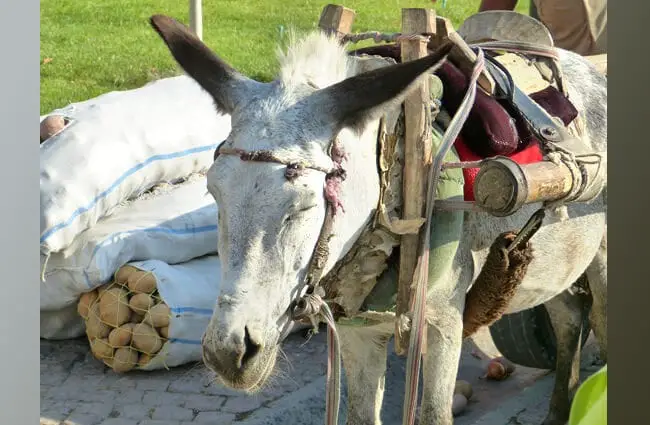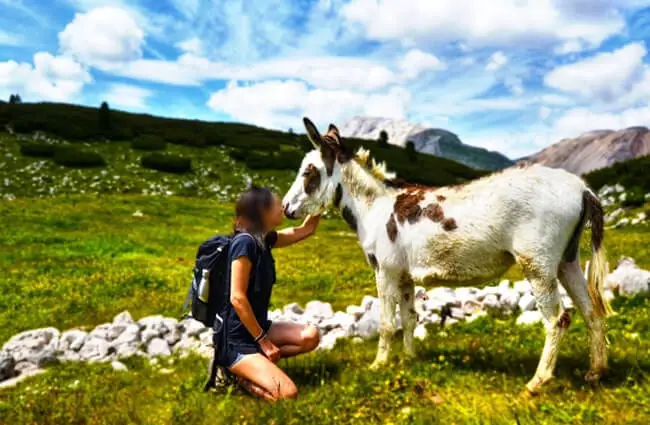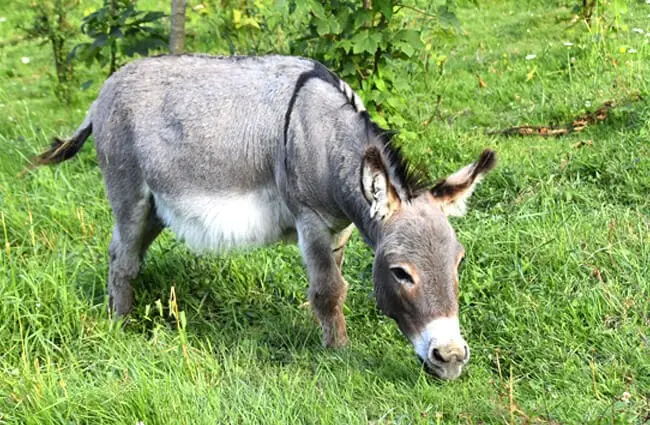The Remarkable Donkey: A Comprehensive Guide
For millennia, the donkey has served as a steadfast companion to humans, a tireless worker, and a symbol of resilience. Often underestimated, this intelligent and adaptable animal boasts a rich history, complex social behaviors, and a crucial role in ecosystems around the globe. This guide delves into the world of the donkey, exploring its origins, biology, behavior, and enduring legacy.

Origins and Evolution
A History Rooted in Africa
The donkey, scientifically known as Equus asinus, traces its ancestry back to the African wild ass. Evidence suggests domestication began in Africa around 6000 years ago, after which donkeys spread to Egypt where they were highly valued. From there, they were transported across the world, becoming integral to agriculture, transportation, and trade in diverse cultures.
Distinguishing Features and Subspecies
Donkeys exhibit considerable variation in size and appearance, which has led to the recognition of numerous breeds and subspecies. These range from the small Miniature Mediterranean Donkey, standing under 36 inches tall, to larger breeds such as the Poitou donkey of France. Key characteristics include long ears, a sturdy build, a coarse coat, and a distinctive bray. While often perceived as stubborn, their cautious nature is a survival mechanism honed over millennia.
Habitat and Distribution
Adapting to Diverse Environments
Originally native to arid and semi-arid regions of Africa, donkeys have adapted remarkably to a wide range of habitats. They thrive in grasslands, deserts, and mountainous terrain, demonstrating resilience in challenging conditions. Today, donkeys are found worldwide, with significant populations in Africa, Asia, Europe, and the Americas. They can often be found roaming freely or working alongside humans in agricultural settings.

Wild vs. Feral Populations
True wild donkeys are rare, with the African wild ass listed as endangered. Feral donkey populations exist in several countries, including Australia and the United States. These populations can compete with native herbivores for resources, and management strategies focus on population control and habitat restoration.
Diet and Foraging Behavior
Herbivores with a Tough Palate
Donkeys are herbivores, primarily eating grasses, shrubs, and other vegetation. Their digestive system is highly efficient at extracting nutrients from coarse, fibrous plants, allowing them to thrive in environments where other herbivores struggle. They can survive on sparse vegetation and may go several days without water. Donkeys are browse feeders, preferring to nibble on a variety of plants rather than grazing continuously.
Nutritional Needs and Supplementation
In managed settings, donkeys require a balanced diet supplemented with minerals and vitamins. Overfeeding, especially with rich grains, can lead to obesity and health problems. Access to clean water and shelter from extreme weather is crucial. Salt licks provide essential minerals, while hay and straw offer fiber for digestive health.
Social Behavior and Communication
A Social Structure Based on Bonds
Donkeys are highly social animals, forming strong bonds with other donkeys. They typically live in small groups led by a dominant male. These groups offer protection from predators and facilitate cooperative foraging. Donkeys communicate through a variety of vocalizations, including brays, snorts, and squeals, as well as body language such as ear position and tail movements.

Understanding Donkey “Language”
A long, loud bray often indicates a donkey is seeking contact with others or marking its territory. Ear pinning, where ears are flattened against the head, can signal aggression or fear. Gentle nuzzling and mutual grooming indicate affection and bonding. Observing these behaviors provides insight into the donkey’s emotional state and social dynamics.
Reproduction and Life Cycle
Mating and Gestation
Donkeys typically reach sexual maturity between two and three years of age. The mating season varies depending on geographic location and climate. Gestation lasts about 11 months, after which a single foal is born. Foals are precocial, meaning they are relatively well developed at birth and can stand and walk shortly after. The mother provides milk for several months, gradually introducing the foal to solid food.
Foal Development and Lifespan
Foals are playful and curious, developing rapidly under the guidance of their mother. They learn essential survival skills through observation and interaction with other donkeys. Donkeys can live for 25 to 30 years, with some individuals reaching older ages. Proper care, including regular veterinary checkups, balanced nutrition, and adequate exercise, contributes to a long and healthy life.
Ecological Role and Interactions
Influencing Vegetation and Ecosystems
As herbivores, donkeys help shape vegetation communities. Their grazing patterns influence plant diversity and distribution. In some ecosystems, they contribute to seed dispersal. However, overgrazing by feral donkey populations can lead to habitat degradation and competition with native species.

Coexistence with Other Animals
Donkeys often coexist peacefully with other livestock such as sheep and goats. They can provide protection against predators by alerting other animals to danger. Donkeys may also interact with wild animals, sometimes competing for resources or serving as prey. Understanding these interactions is crucial for effective wildlife management.
Donkeys and Human Culture
A History of Partnership
For millennia, donkeys have been integral to human societies, serving as beasts of burden, agricultural workers, and companions. They have been depicted in art, literature, and folklore across diverse cultures, often symbolizing perseverance, humility, and steadfastness. Their contribution to agriculture, transportation, and trade has been invaluable.
Modern Roles and Conservation
Today, donkeys continue to play important roles in many parts of the world, especially in developing countries. They are used for transportation, farming, and income generation. Donkey populations face threats such as habitat loss, overwork, and the illegal trade of their skin and meat for traditional uses. Conservation efforts are essential to ensure the survival of these remarkable animals.
Encountering Donkeys in the Wild & Captive Care
If You Encounter a Donkey
If you encounter a donkey in a rural or wilderness setting, observe from a distance. Avoid approaching closely or attempting to feed it. If the donkey appears distressed or injured, contact local animal control or wildlife authorities. Even seemingly docile donkeys can react defensively if they feel threatened.

Caring for Donkeys in Captivity
Zookeepers and donkey sanctuary caretakers should prioritize spacious enclosures with access to shelter, shade, and enrichment activities. Donkeys require regular hoof care, dental checkups, and parasite control. Social interaction with other donkeys is essential for their well‑being. Avoid overfeeding and provide a balanced diet tailored to their individual needs. Regular exercise and mental stimulation are also crucial.
Fascinating Donkey Facts
- Donkeys have excellent memories and can recognize places and individuals for years.
- They can swim and are surprisingly good at it.
- A donkey’s bray can be heard from up to three miles away.
- Donkeys have a single chambered stomach, similar to horses, and their digestive system is highly efficient at extracting nutrients from fibrous plant material.
- They have an efficient circulatory system that helps them regulate body temperature in hot climates.

The donkey, often underestimated, is a resilient, intelligent, and adaptable animal with a rich history and an important role to play in both natural ecosystems and human societies. By understanding their biology, behavior, and ecological significance, we can appreciate these remarkable creatures and ensure their survival for generations to come.

![Red Angus Closeup of a beautiful Red Angus cowPhoto by: U.S. Department of Agriculture [pubic domain]https://creativecommons.org/licenses/by/2.0/](https://animals.net/wp-content/uploads/2020/03/Red-Angus-4-238x178.jpg)




![Red Angus Closeup of a beautiful Red Angus cowPhoto by: U.S. Department of Agriculture [pubic domain]https://creativecommons.org/licenses/by/2.0/](https://animals.net/wp-content/uploads/2020/03/Red-Angus-4-100x75.jpg)

